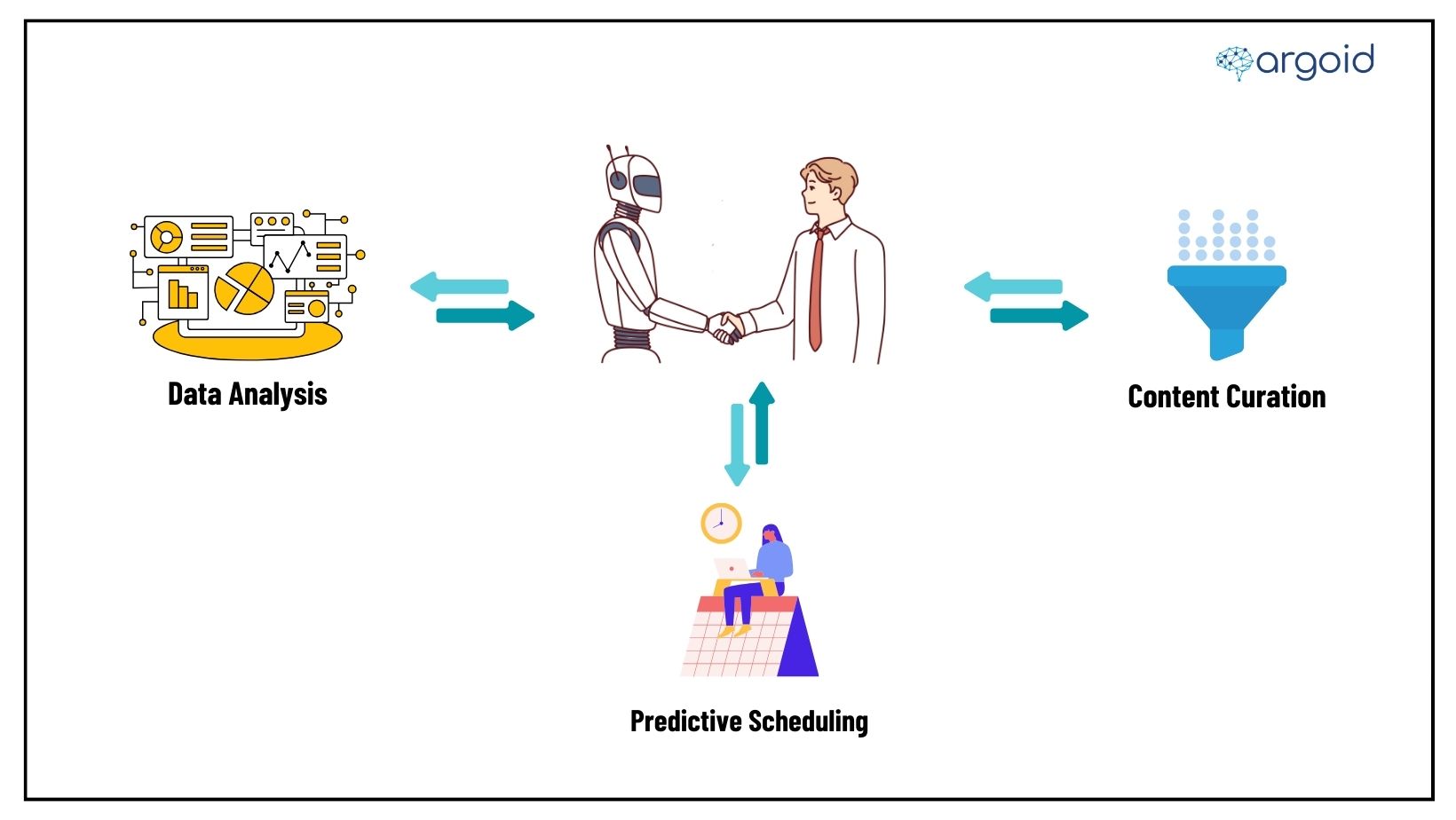"I'm constantly thinking, trying to predict what our viewers want, analyzing what worked well, ensuring we don't repeat the same content on different channels, and juggling dozens of parameters. Creating and managing program schedules is a perpetual puzzle; one wrong move can lead to a drop in viewership and revenue," laments Sarah, a fictional but weary director of content programming for a popular FAST channel.
Sarah may not be real but the challenges are. The FAST-paced world of content scheduling is a complex and demanding one, often accompanied by extensive analysis, manual work, and the fear of making a costly scheduling mistake. While the digital landscape has evolved and data-driven decisions have become the norm, content scheduling remains a curious blend of art and science.
Content schedulers aim to strike the right balance between viewer preferences, genre diversity, and optimizing ad revenue. The conventional approach to scheduling involves manual intervention, which is time-consuming and not fully data-driven.
The Challenges of Manual Scheduling

The manual scheduling process is riddled with challenges.
- With multiple channels, duplicate content scheduling and inefficiencies are common pitfalls. These issues not only lead to viewer frustration but also result in lost ad revenue.
- Additionally, manual scheduling is not scalable. As channels multiply and content libraries expand, it becomes increasingly difficult to manage scheduling effectively.
- Content programming managers spend valuable time on routine scheduling tasks, leaving little room for strategic decision-making.
The challenge in the world of FAST channels lies in the artistry & complexity of content programming
The Art and Science of Programming
Channel owners, with a vast library of content at their disposal, want to strategically schedule content to cater to their audience's preferences while maximizing ad revenue. Traditionally, this has been a manual and highly labor-intensive process. Content programmers meticulously curate schedules based on their deep understanding of the audience, content, and genre preferences. Getting it right is an art.
However, in today's digital age, as the volume of content grows, this manual approach becomes increasingly error-prone and inefficient. It's imperative to augment this art with science i.e. data-driven insights. Data is a powerful tool that can shape more accurate programming decisions.
The time is ripe for a robust solution that combines the power of AI with the might of human expertise.
Argoid’s FAST AI Co-Planner: Transforming scheduling
Enter Argoid’s pathbreaking solution: the FAST Channel AI Co-Planner - an innovative tool that transforms the way content is scheduled on FAST channels. This automated scheduler acts as a co-pilot for human content managers, using data to streamline scheduling processes and optimize ad revenue.

How It Works
The AI Co-Planner integrates with leading FAST platforms, such as Amagi; content owners simply submit their content and data, specifying the date range they wish to schedule for. The scheduler then collects data about the content from various sources, including content metadata, historical performance data, and even real-time streaming platform data.
This data is then cleaned, enriched, and processed using cutting-edge machine learning models. The result? An automated schedule that takes into account a multitude of factors, such as genre, viewer preferences, content uniqueness and more. What used to take countless hours can now be accomplished in minutes.
Two Modes of Operation
The FAST AI scheduler offers two modes of operation. In autopilot mode, it handles scheduling entirely, taking the load off content programmers' shoulders. For those who want more control, the co-pilot mode allows the scheduler to be configured to align with specific business priorities, ensuring the desired outcomes are achieved.

Adopting AI: Enhancing Efficiency, Not Replacing Expertise

AI in content programming is not about replacing the creativity, intuition, and expertise of content programmers..Instead, it is a powerful tool that can streamline and optimize many of the repetitive and time-consuming tasks involved in the content scheduling process.
According to Gokul Muralidharan, CEO, Argoid, “The fear of artificial intelligence taking over human jobs is a concern that has been echoed across various industries, and content programming is no exception. We believe AI will not replace content programmers & schedulers; but extend their capabilities.”
Argoid’s AI Co-Planner allows human managers to infuse creativity into their programming decisions while handling the data-intensive and repetitive aspects of content programming such as:
1. Data Analysis: AI's strength lies in its ability to analyze vast amounts of data quickly and accurately. Program schedulers can harness AI to gain deep insights into audience preferences, content performance, and trends. This data-driven approach enables content schedulers and analysts to make informed decisions about what to schedule and when.
2. Predictive Scheduling: AI can forecast when your audience is most active, allowing content programmers to schedule content strategically. This minimizes the risk of scheduling content during low-traffic hours and maximizes viewership.
3. Content Curation: Content can be curated more efficiently by automating the process of selecting relevant, trending, inclusive, evergreen content. This frees up time for program schedulers to focus on more creative aspects of their roles.
In essence, rather than being a replacement, AI is a catalyst for growth and innovation in the content programming field.
Conclusion
With Argoid’s AI FAST Channel Co-planner, we are ushering in a new era of TV content scheduling. Bid goodbye to manual, laborious scheduling; harness the power of data and AI. The solution is designed to empower content programmers,taking the repetitive and data-intensive tasks off their shoulders, while making the most of their expertise. Ultimately, providing viewers with an exciting lineup and a great television experience.




.jpg)





.png)







